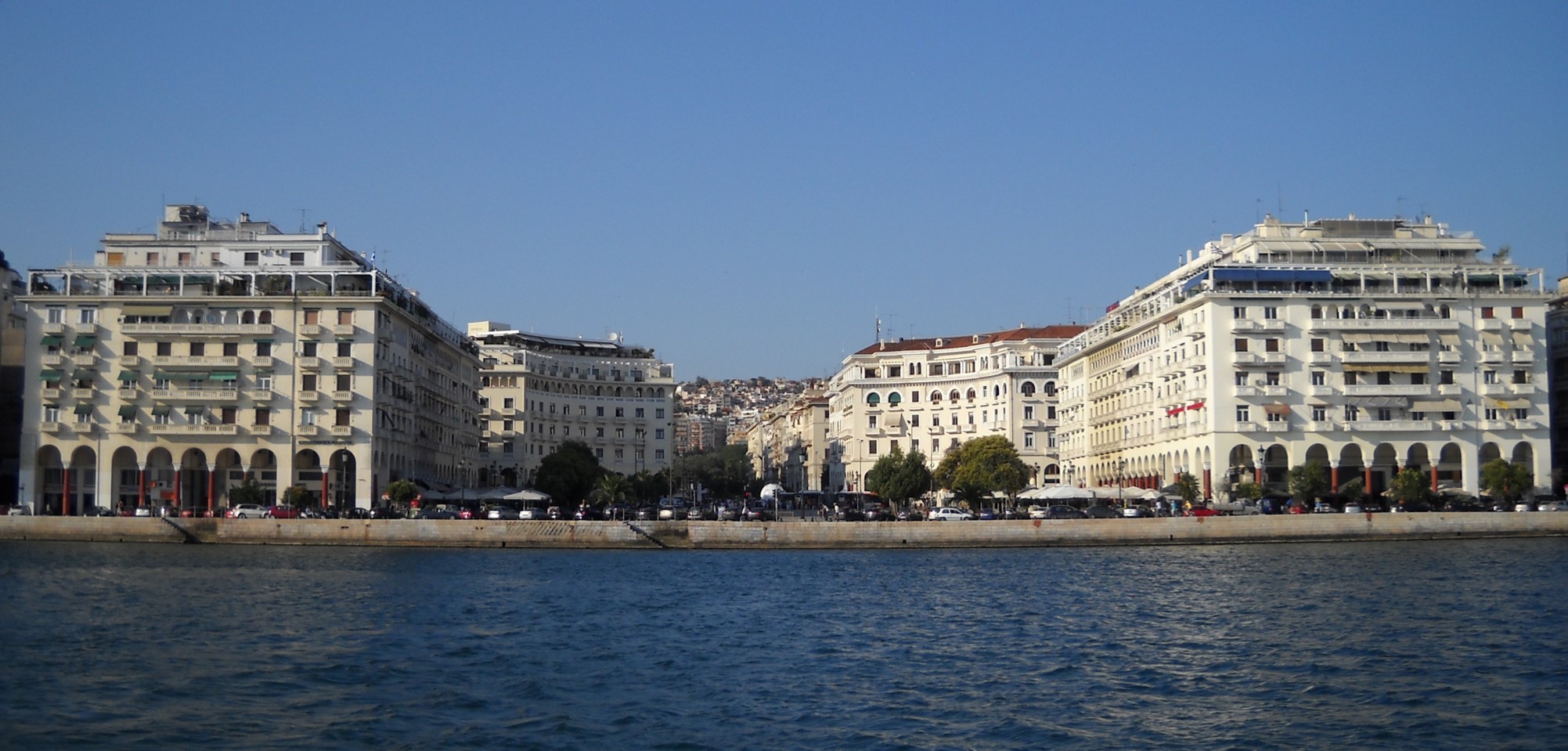Building the Nation at the Crossroads of ‘East’ and ‘West’: Ernest Hebrard and Henri Prost in the Near East
Kalliopi Amygdalou

Image: Aristotelous Square, Thessaloniki. Photo: Kalliopi Amygdalou, 2010
Abstract
The transition of the Ottoman Empire into nation-states was manifested through significant state-led changes in the fabric of its urban centres, especially in cities that had a multi-cultural character and lay in debated territories. Their urban transformation was the result of practical reasons such as need for post-war reconstruction, as well as ideological factors that stemmed from a commitment to modernization and a desire to enhance and underline their national identity. Many European architects were invited to participate in the re-design of such cities. This paper explores the cases of Thessaloniki and Izmir, which after ten years of conflict found themselves on the opposite sides of the Greco-Turkish border and were destroyed by fire in 1917 and 1922 respectively. Ernest Hébrard in the first case and Henri Prost in the second, belonging to the same network of architects and coming from the same educational background, were the main architects who left their imprint on the new plans of these two cities. This paper examines the background of their involvement and their role in the design of the two cities and aims to highlight the complexity of this cultural exchange, in which the ‘local’ and the ‘West’ cannot be reduced to single definitions, and whose negotiated product became the new urban space of each city.
Amygdalou, K. “Building the Nation at the Crossroads of ‘East’ and ‘West’: Ernest Hébrard and Henri Prost in the Near East.” Opticon1826 (16): 15, (2014):1-19. https://discovery.ucl.ac.uk/id/eprint/1470742/


